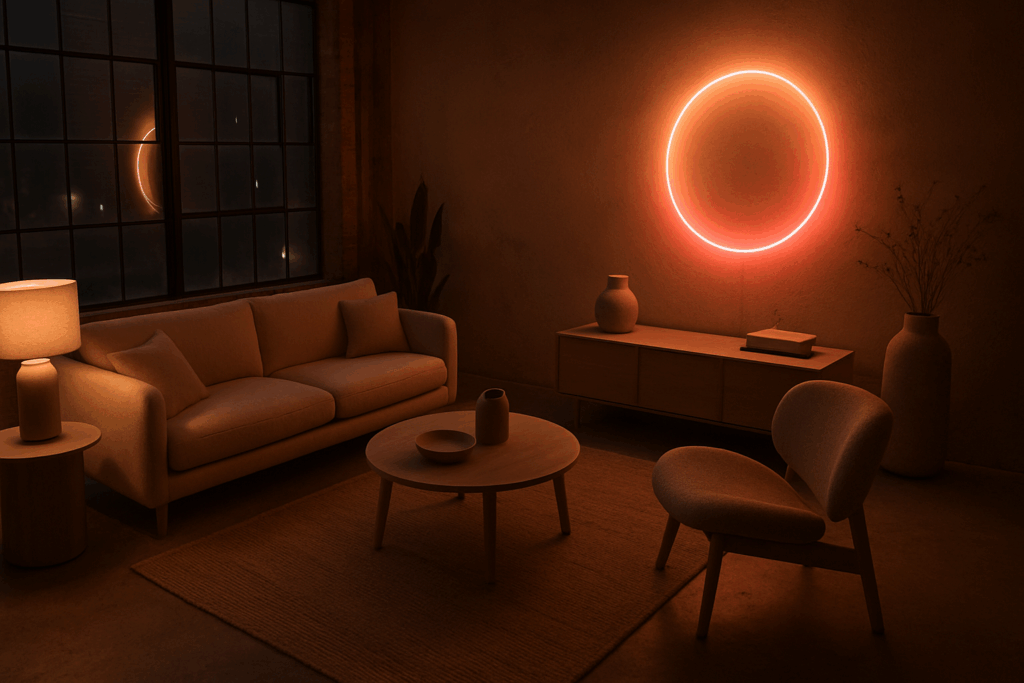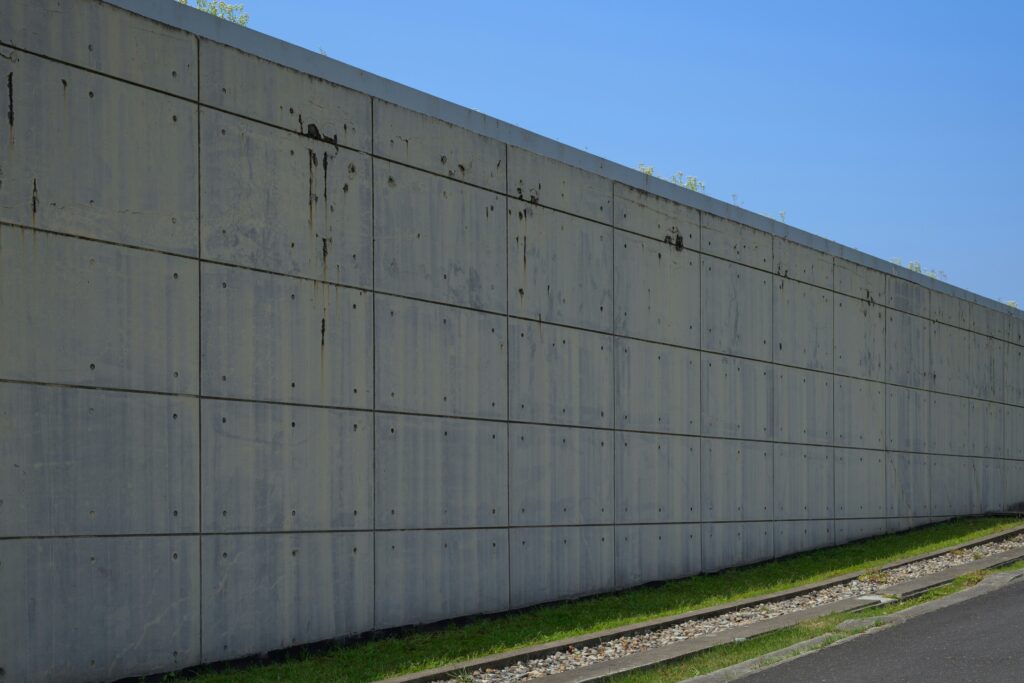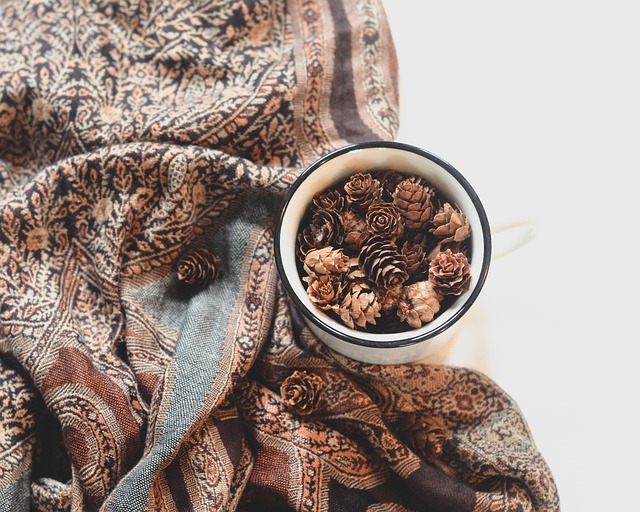Why Modern Design Keeps Evolving
Our homes are no longer just where we crash at night—they’re where we work, decompress, raise families, and exist in every mood from energized to burnt out. That shift matters. It’s forcing interior design to drop the purely aesthetic and embrace something more grounded: livability.
People are tired of sterile showrooms and Pinterest-perfect setups they can’t actually use. Instead, design in 2024 is leaning into pieces that flex with real life. Sofas you can sink into, lighting you don’t have to fight, workspaces that don’t kill your vibe, and materials that get better with age. Function isn’t the buzzword—it’s the baseline.
That doesn’t mean beauty is out. But beauty in 2024 looks a lot like warmth, honesty, and intention. We’re seeing fewer one-size-fits-all styles and more quiet layers, soft corners, and spaces that feel like exhale. In short: trends are taking a back seat. What’s driving modern design now is the kind of comfort that doesn’t compromise style.
Natural Materials Take Over
No gloss. No plastic shine. In 2024, interiors are shedding anything that feels artificial. Wood, stone, cork, bamboo—they’re not just back, they’re dominating. People want to touch their surroundings and know what they’re made of. Organic finishes bring texture, grounding, and honesty to a space that sleek surfaces just don’t match. The more natural the material, the more it resonates.
This shift is part of a bigger story: biophilic design. It’s about pulling the outdoors in—literally. Raw-edged tables, indoor trees, stone accent walls. These aren’t afterthoughts. They’re intentional ways of reconnecting with nature in a world that’s mostly screens and static. Natural light matters more. Plants aren’t accessories, they’re essentials.
Sustainability is pushing the trend forward. But it’s not sticker-deep eco marketing. It’s smarter sourcing, fewer synthetics, more longevity. People are done with fast furniture. The new move is slower, better, more conscious design. Choosing reclaimed wood or local stone isn’t about trend chasing—it’s about taste, values, and living with intention.
Soft Minimalism
Minimal doesn’t mean cold. In today’s interiors, it’s all about clean lines with warmth. Think open layouts, unfussy furniture, and smooth finishes—but balanced with cozy textures and natural touches that make a space feel lived-in, not staged. There’s a focus on comfort without clutter, form without fuss.
Neutral palettes are still the backbone—off-whites, taupes, muted grays—but they’re being warmed up with earthy accents like clay, ochre, moss green. These shades ground a room and add dimension without breaking the calm.
Soft minimalism also lets a space breathe. Instead of filling every surface, designers are leaning into negative space. The idea is simple: give the eye room to rest, give each object its own presence. It’s less about what you add, and more about what you don’t.
Bold and Sculptural Accents
Minimalist doesn’t mean boring. In today’s interiors, a single statement piece can do the heavy lifting—think of it as functional art. That twisted floor lamp isn’t just throwing light; it’s setting the tone. The oversized ceramic vase, the sinuous coffee table, or the bold, asymmetrical armchair—each one strikes a balance between purpose and personality.
Curves continue to dominate. They soften up squared-off layouts and invite actual use. Pair that with unexpected scale—like giant pendant lights in tight corners or low-slung, sculptural couches—and you’re building drama, not clutter.
The key is restraint. One or two bold pieces can anchor a space; too many and it turns into a showroom. Mix in drama where it makes sense, but don’t let design shout over function. This is comfort with character, not a design flex.
Home Offices That Blend, Not Stick Out
The home office isn’t going anywhere—but it’s evolving fast. In 2024, makeshift desks in dining rooms won’t cut it. People want setups that actually work without screaming “workspace.” That means integrated design: think a built-in desk tucked into a bookshelf wall, or a closet that unfolds into a full editing suite.
Modular furniture is picking up steam—fold-out desks, mobile screens, sit-stand converters you don’t mind looking at every day. Every piece has to earn its place, especially in smaller footprints. You’re not just working from home. You’re living around your work.
Personalization is subtle but smart. Slide-away monitors, cable-free charging, and hidden storage keep the vibe tidy and functional. Add dimmable lighting, noise-buffering textures, and a chair that does its job without killing your back.
It’s not about pretending the office isn’t there. It’s about making it feel like it belongs.
Texture Layering for Depth and Coziness
Minimalist spaces may be clean and serene, but without texture, they can fall flat. Texture is what brings warmth and life into the room without adding clutter. Think of it as quiet richness—the kind that makes you want to stay in a space longer.
Mixing textiles is a smart way to do it. Velvet adds soft sheen, linen brings in easy breeziness, bouclé offers nubby coziness, and leather grounds the room with structure. These fabrics don’t need to shout. Together, they create a sensory balance that feels warm, not chaotic.
It’s not just about throwing a mohair pillow on a couch and calling it done. Texture works best when layered across walls (think wood panels or lime wash), rugs (nubby wool or woven jute), and furniture (tufted cushions, natural wood grains). Each layer adds dimension without overcomplicating the design.
For more inspiration and practical tips on how to get the mix just right, check out Layering Textures for Cozy, Inviting Spaces.
Dark, Moody Kitchens and Bathrooms
Sleek white is out. In 2024, kitchens and bathrooms are ditching the sterile, showroom gloss in favor of deeper, moodier tones. Think forest green cabinets, charcoal tiles, and navy walls—the kind of colors that ground a space and give it some soul. It’s less about looking spotless, and more about creating a space that feels calm, even a little dramatic.
Material choices follow suit. Matte finishes are in, and so is texture. Marble and quartz now come with bold, rich veining that breaks up flat surfaces and adds visual weight. It’s a move away from clinical and toward character.
These spaces might be functional, but they’re no longer just utilitarian. The shift is about mood and intimacy. Low lighting, contrasting surfaces, and earthier palettes make everyday routines feel more intentional—and less like chores. It’s design that invites you in, rather than just impresses your guests.
Tech-Forward, But Seamless
Smart tech is everywhere now, but in modern interiors, it’s meant to blend—not steal the spotlight. The idea is to upgrade your space without making it feel like a showroom. Smart lighting that shifts with natural daylight, hidden speakers tucked behind art panels, or voice-activated systems that don’t shout for attention—they’re all part of the new design language.
The trick? Seamless integration. No clunky hubs or futuristic eyesores. A warm-toned room can still support high-end automation as long as it’s handled with subtlety. The goal is to balance innovation with tranquility—tech should serve the space, not dominate it.
For designers and homeowners alike, the message is clear: smart doesn’t mean “showy.” It means intuitive, quiet, and elegantly built-in.
Final Take
Design isn’t one-size-fits-all. It’s personal—what works for one space or lifestyle might not make sense for another. That’s where trends come in: not as rules, but as a toolbox. Pick the ideas that actually speak to your taste or needs, and feel free to skip the rest. Ignore the pressure to make every room look like it came off a Pinterest board.
In the end, the goal isn’t just to have a stylish home. It’s to live in a space that feels good every day. Think comfort you can count on. Styles that last longer than a season. Decisions that line up with practical living and conscious choices. Trends can spark ideas, but how you use them—that’s all you.




